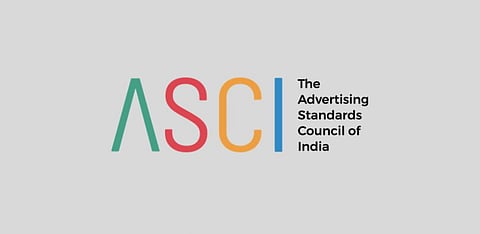

Not revealing the full price upfront, creating a false sense of urgency and non-disclosure of content as advertisement will be considered misleading, the Advertising Standards Council of India has said in guidelines issued on Thursday.
—–
HOW many times has an e-commerce platform urged you to 'hurry' because 'stocks are limited' when you are contemplating a purchase or just window-shopping?
How many times have you jumped for joy upon finding the cheapest price for a good or service (like an airline ticket), only to be disappointed as the seller adds taxes, duties, fees and charges at the time of payment?
How many times have you felt lucky that the item you desperately wanted or needed is in stock, but when you try to add it to your virtual card, the item is gone and you are offered an alternative?
The answer to all these questions is probably 'more times than I can remember'. Online advertisement is a den of deception and it usually gets away with it, as the internet itself is not held to very high standards of veracity.
Now, with an aim to prevent such 'deceptive design patterns' in online advertising, the Advertising Standards Council of India (ASCI) on Thursday issued certain guidelines.
These self- regulatory guidelines will be effective from September 1 this year.
Online deceptive design patterns, called 'dark patterns' in advertising parlance, include a variety of practices that lead customers to make choices that are "often not in their best interests," the ASCI has said.
Such practices are undertaken to "subvert or impair consumer autonomy, decision-making or choice," according to the Organisation for Economic Co-operation and Development (OECD) Committee on Consumer Policy.
"They often deceive, coerce or manipulate consumers and are likely to cause direct or indirect consumer detriment in various ways," the committee has observed.
The committee admits that in many instances it may be difficult "or impossible" to measure the amount of detriment caused to a consumer due to a potentially deceptive practice.
The ASCI has flagged four dark patterns in its guidelines.
Drip pricing refers to a practice whereby some elements of the price that would be borne by a consumer are not revealed upfront, and the total price is only revealed at the end of the buying process or after confirmation of a purchase.
For instance, if a consumer orders from an online food delivery platform where the price of an item is shown as ₹100, but the final amount payable comes to ₹175 after including taxes, delivery fees, platform convenience fees and other such charges.
"This creates ambiguity around the final price [and] prevents easy price comparisons. Hence, incomplete price representations upfront would be considered misleading," the ASCI has said.
As per the new guidelines, quoted prices in advertisements and e-commerce sites will have to include non-optional taxes, duties, fees and charges that apply to all or most buyers.
When an advertisement directly or indirectly implies one outcome based on the consumer's action, but instead serves an alternative outcome, the same would be considered misleading, the ASCI explains.
If a customer selects a product offered at a certain price but is thereafter only able to access it at a higher price; or it is revealed later that the said product has gone out of stock and an alternative product is offered, the same could be considered as 'bait and switch'.
Stating or implying that quantities of a product or service are more limited than they actually are, thereby creating an artificial scarcity, will amount to misleading consumers as per ASCI.
For example, if an e-commerce website advertisement claims that only a handful of units of a product are available to buy, when, in fact, it is not the case.
To prevent this, the ASCI has mandated that, in case of a complaint, the advertiser would be required to demonstrate that the stock position at the time of the appearance of the limited quantity message was of a level where the urgency communicated could not be considered misleading.
Disguised advertisement works by deliberately blurring the line between actual content and advertising, creating confusion for users.
An advertisement that is of a similar format as editorial or organic content must clearly disclose that it is an advertisement, according to the guidelines.
This may include social media posts by 'influencers' or reviews of products for which an advertiser or their client has paid, but the affiliation is not disclosed. It may also include 'advertorials' in a newspaper that exactly match the style and formatting of that publication.
Established in 1985, the ASCI is a voluntary self-regulatory council, registered as a not-for-profit company. It seeks to ensure that advertisements conform to its code for self-regulation, which requires advertisements to be fair, truthful and inoffensive.
The code also has provisions that aim to ensure fairness in competition. Complaints regarding advertisements are handled by ASCI's consumer complaints council.